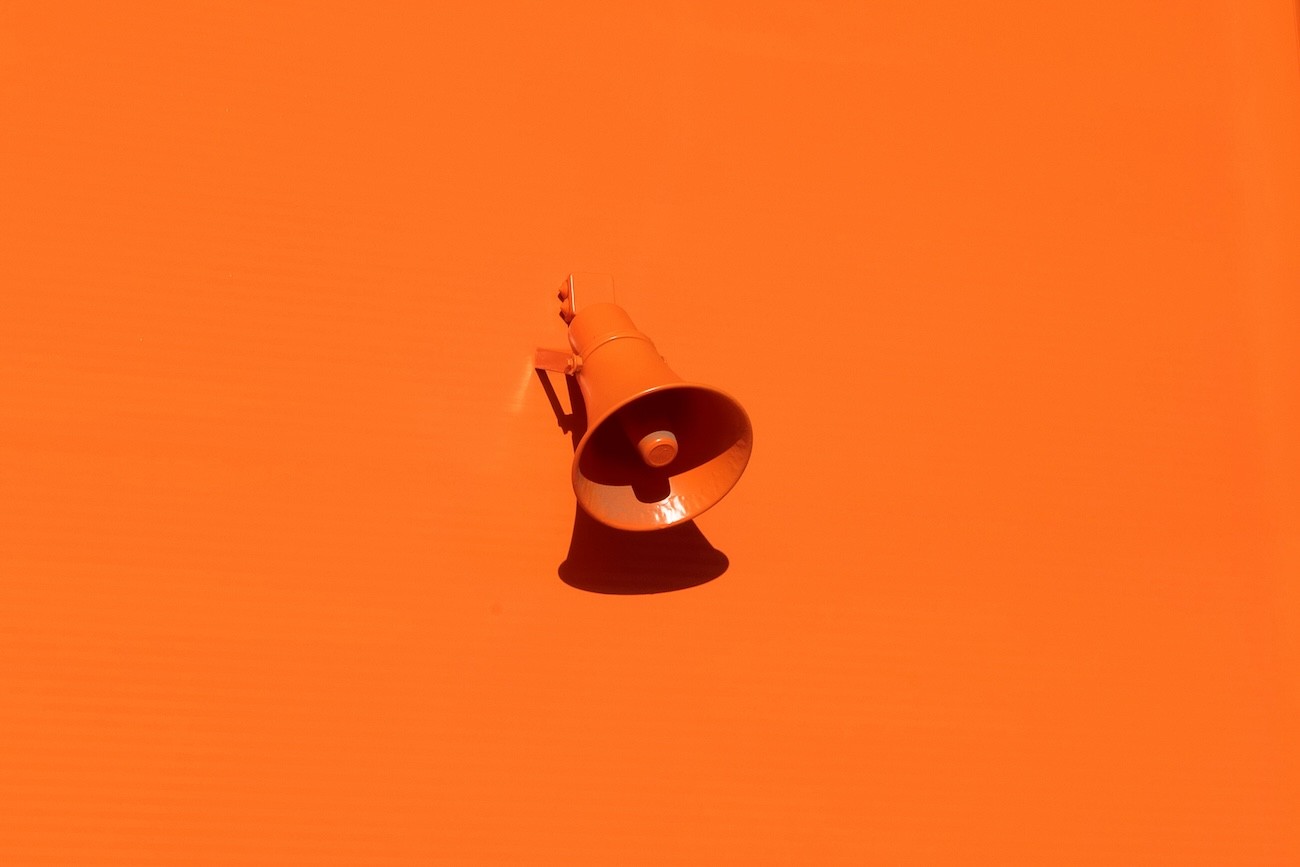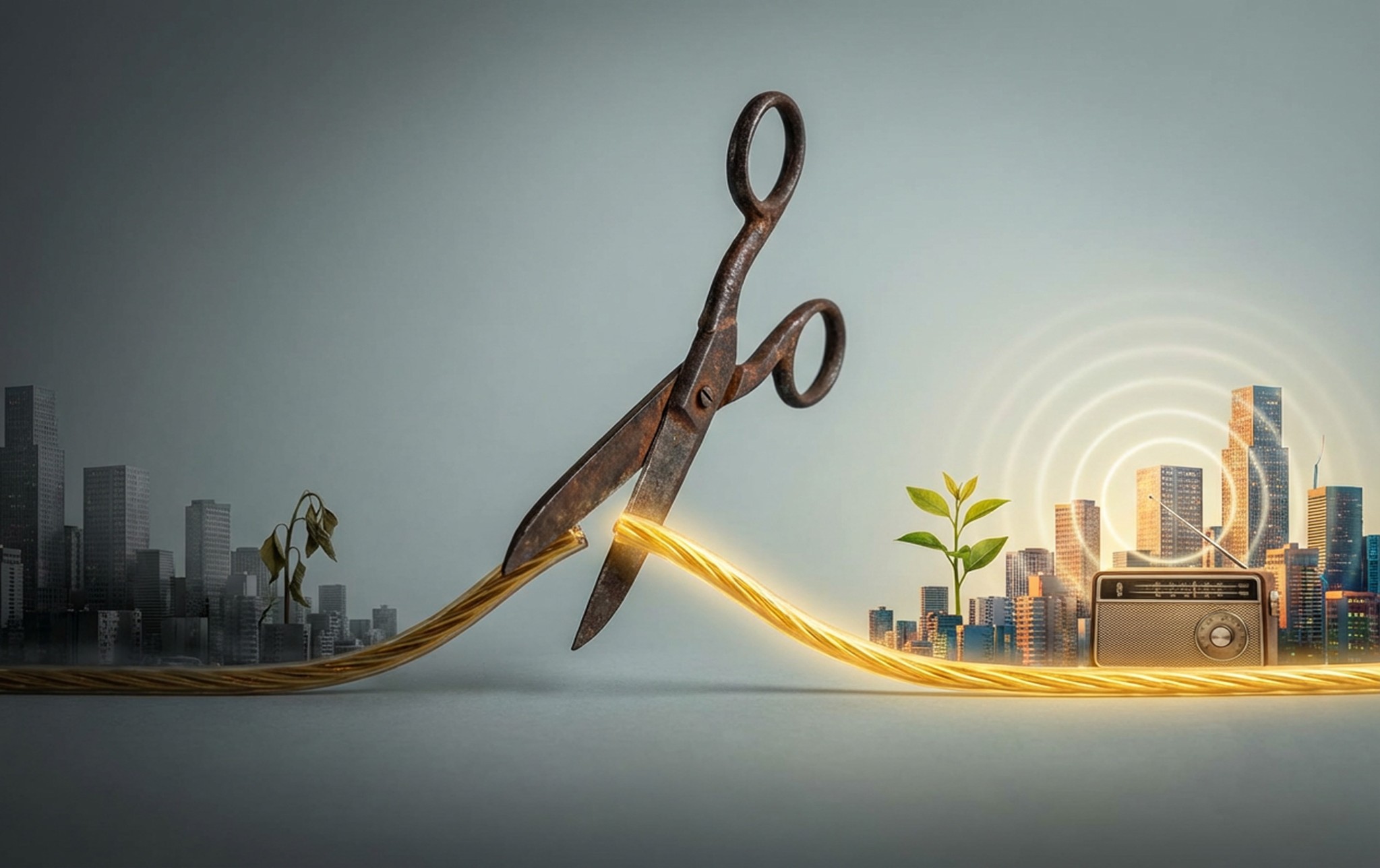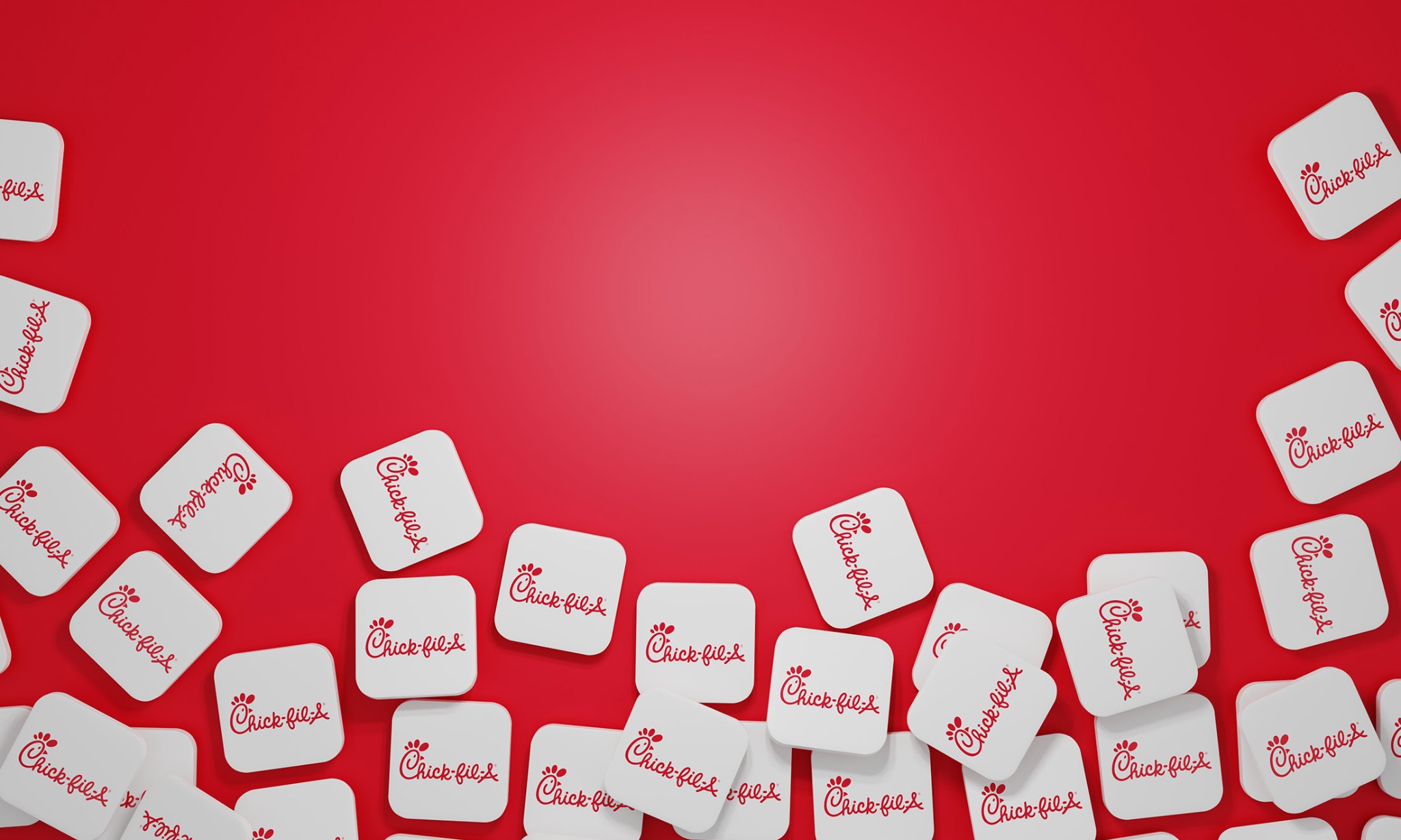Most of your potential customers aren't ready to buy from you today. Or tomorrow. Or even next month. And that might be the biggest opportunity you're missing.
Research backs this up. In 2021, Professor John Dawes of the Ehrenberg-Bass Institute introduced what he called the 95:5 Rule. The gist of Dawes’s Rule is that most consumers — “up to 95% of people or firms” — aren’t in the market to buy at any given time. As he puts it: "This is a deceptively simple fact, but it has a profound implication for advertising."
Think about your own purchasing behavior. When did you last switch your insurance provider, accounting firm or even something as simple as your morning coffee? Chances are, you weren't actively shopping when you decided to make a change. Instead, something specific triggered the decision — a bad experience, a price increase, a move to a new area — and you chose a different option based on what came to mind in that moment.
This illustrates Dawes's point perfectly. For months or even years, you weren't thinking about buying at all, and then something changed. At that point, the brands that had become familiar and trustworthy had a significant advantage when you finally entered the market.
This observation led Dawes to a crucial insight about how advertising actually works. He points out that its primary function isn't to stimulate buying, but rather to "build a memory link for the brand in buyers' minds".
Playing the Long Game
Organizations that understand this have a significant competitive edge. While there will always be calls to doggedly pursue the 5%, smart companies are building what Dawes describes as "mental availability" with the 95% who aren't buying yet.
This approach requires a fundamentally different mindset. Instead of focusing solely on immediate conversions, these companies ask themselves a different question entirely: How do we ensure in-market buyers think of us when they're ready to make a purchase?
Ensuring your product or service comes to mind when someone eventually needs it takes time, patience and consistent messaging. As Dawes warns, "Getting to double-digit figures for mental availability is a multi-year task.” But the payoff is substantial. Those who prioritize it enjoy “an enduring advantage” over their competitors.
If you're curious about building mental availability for your brand, let's explore what's possible. We've helped companies across industries develop the kind of top-of-mind awareness they need to win future buyers.





